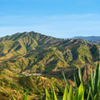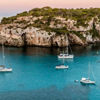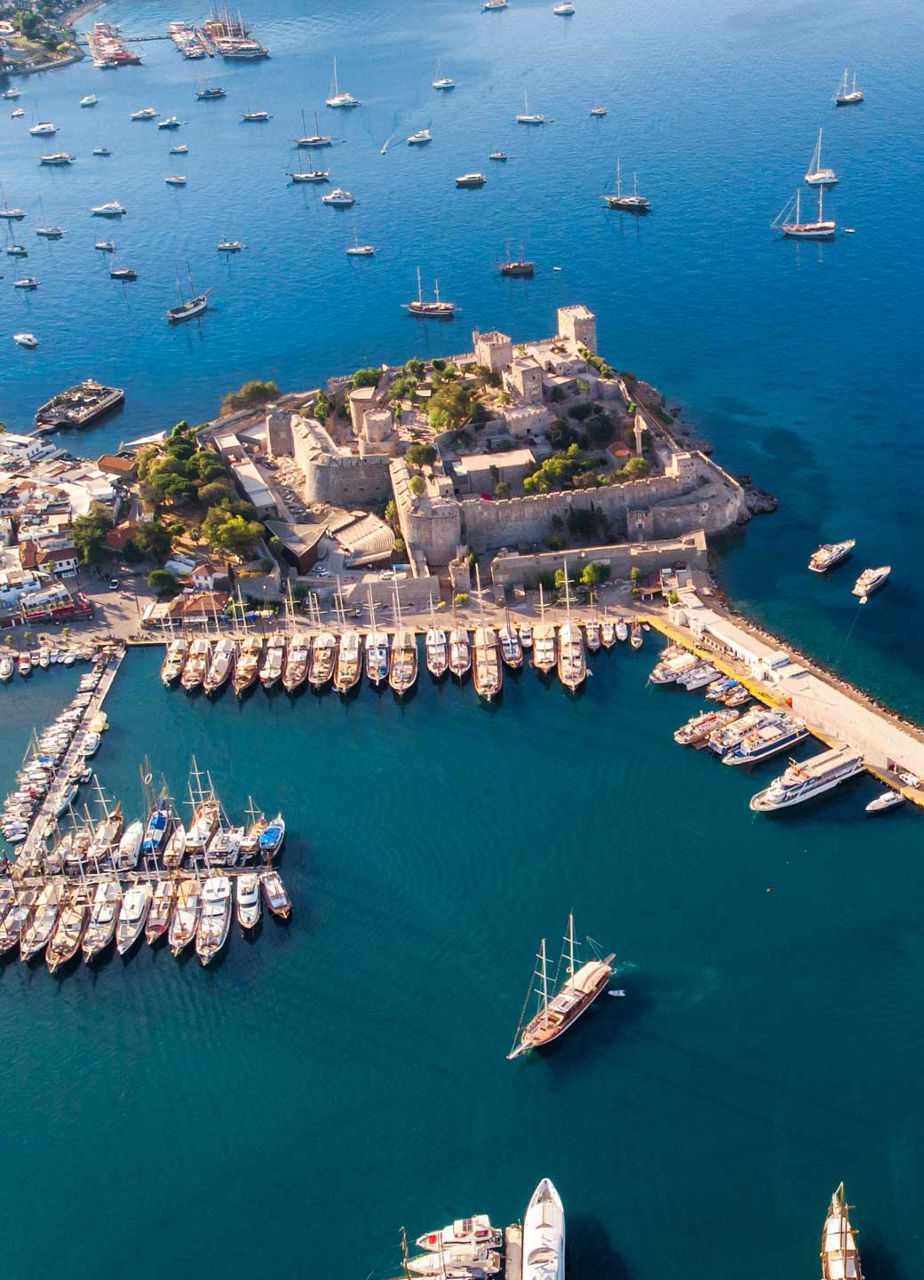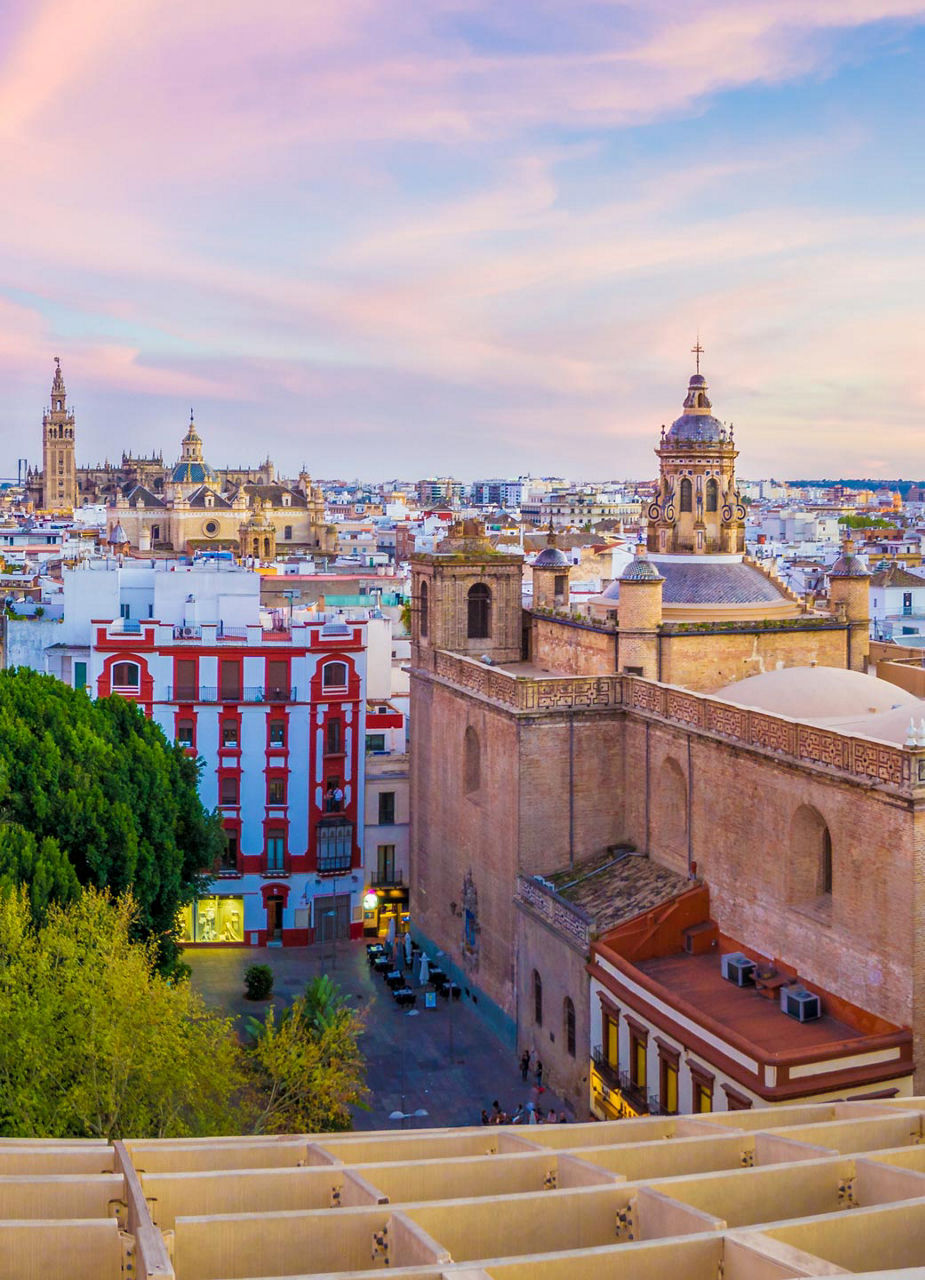
Attractions in and around Zadar: Highlights of the Croatian port city
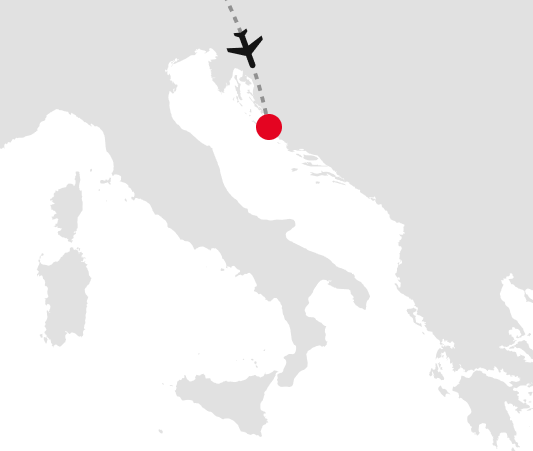

The heart of Zadar: the old town
A wealth of history awaits you in the old town: narrow streets, wide squares and magnificent churches, for example the Cathedral of St. Anastasia, dating back to the 12th century with its 54-metre-high bell tower, which offers the best views over the old town and the sea. This idyllic district, situated on a peninsula, is surrounded by the well-preserved city wall with its many gates and has been listed as a UNESCO World Heritage Site since 2017. At its centre is the People’s Square, “Narodni Trg”, with its cafés and restaurants where you can watch the world go by. The square is also home to the Town Hall and the City Watch Tower, great buildings from the Venetian period. Further architectural highlights include the city loggia in the style of a Roman triumphal arch, Ghirardini Palace and Laurentius Church.

A gem: the waterfront promenade
The Paseo Maritimo, a spacious waterfront promenade, runs around the old town and has been the pride of the city ever since its construction in 1874. On one side, palatial villas run one after the other, while on the opposite side, the sea beckons. There are also plenty of places where you can sit, dream and rest on broad steps. The well-maintained and pleasingly wide path is lined with numerous souvenir shops, cafés and restaurants, and playgrounds offer additional spots to pause and relax. As a result, it never feels too crowded, even during peak season. But should it get a little too hot in the summer, there are several pretty beaches nearby. However, make sure you’re back in time for sunset, because it is “the most beautiful in the world, even more beautiful than in Key West”, according to visitor Alfred Hitchcock back in 1964.


Water music: the Sea Organ
Croatian sculptor Nikola Bašić created two of the most popular attractions on the promenade: the “Sea Organ” is a unique architectural instrument consisting of steps and 35 underwater organ pipes. The wave movements create harmonious tones, which invite you to listen for hours on end. The “Sun Salutation” is very nearby: a walk-in circular installation of glass panels and solar cells that store energy during the day and provide an impressive light display at night. Both works of art can be accessed free of charge.

Witnesses of the past: the Roman Forum
The influence of the Roman Empire on Dalmatia remains visible in Zadar to this day, for example in the Roman Forum in front of the Church of St. Donatus and the Bishop’s Palace. Founded by the first Roman Emperor, Octavian Augustus (63 BC-14 AD), the square served as the centre of public life in the Roman city of Iadera. Today, visitors walk among columns and fragments of statues on the paving stones of ancient times. The forum is freely accessible, while the Archaeological Museum next door has other artefacts and the remains of an altar. Our tip: Regular concerts are held in the Church of St. Donatus.

Still water for centuries: Five Wells Square
“Five Wells Square” was built in 1574 during a siege by the Ottomans. The five decorated wells were built together with a drinking water cistern, which was fed by an aqueduct from Lake Vrana. The square is surrounded by parts of the medieval city wall, the 26-metre-high captain’s tower and other protective walls which, together with the adjacent city park, makes it a peaceful oasis in the middle of the city. The square is one of Zadar’s top attractions and it is a popular photo spot, especially in the evening when the wells are lit up.


Zadar’s green garden: the island of Ugljan
The fourth largest island in the Zadar archipelago is known for its beautiful bays and beaches. There are also 100 kilometres of hiking and cycling trails where you can explore other highlights of the island, including Sv. Mihovil (St. Michael) fortress, a 6th-century Byzantine castle offering great views. There are 200,000 olive trees on the island of Ugljan, which is why it is also known as the Olive Island. So if you’re trying out the local cuisine, you’re guaranteed to enjoy excellent olive oil. From Zadar, you can take a ferry to the port of Preko on Ugljan in about 40 minutes – ideal for a day trip.

Jewel of the Adriatic coast: Nin
The romantic little town of Nin is a former royal city. It is regarded as the birthplace of Croatia and is just 15 kilometres from Zadar. This picturesque lagoon town not only boasts sights such as the Church of the Holy Cross, the ruins of Croatia’s largest Roman temple, and the Salt Museum, but also various hiking trails and beaches – making it ideal for both for families and water sports enthusiasts. Our tip: Adjacent to the three-kilometre-long “Queen’s beach” are lagoons with healing mud, used by the Romans who once ruled here to nourish their skin.


Off into the wilderness: Paklenica National Park
Just under an hour’s drive northeast of Zadar is Paklenica National Park with the Velebit Mountains, fairytale landscapes and the fascinating Manita Peć stalactite cave. 150 kilometres of hiking trails pass some of the ruins of prehistoric settlements and old mills. What’s more, there are 500 climbing and via ferrata routes, making the park one of the most popular destinations for climbers in Croatia. In addition to around 230 species of birds, including golden eagles and peregrine falcons, visitors can also discover 1,000 different species of plants here.


UNESCO World Heritage and film backdrop: Plitvice Lakes National Park
Around 1.5 hours’ drive from Zadar lies Croatia’s oldest and largest national park: the Plitvice lakes. The park, with 16 terraced lakes connected by a number of waterfalls and cascades, is a UNESCO World Heritage Site. The lakes shine in the most beautiful shades of blue and green, created by various minerals in the water. The stunning natural landscape was immortalised in the 1962 adaptation of the Karl May novel “The Treasure of the Silver Lake”. Visitors can explore the spectacular waterfalls on boardwalks running along the lakes or take an electric boat. You can also stay overnight in the park.
Header - Photo by zgphotography on Adobe Stock
Paragraph 1 - Photo by Ian Dagnall on Alamy Stock Photo
Paragraph 2 - Photo by Artur Bogacki on Alamy Stock Photo
Paragraph 3 - Photo by xbrchx on Adobe Stock
Paragraph 3 - Photo by lexlero on Adobe Stock
Paragraph 4 - Photo by Fabio Šimićev on Zadar Tourist Board
Paragraph 5 - Photo by Gunter Kirsch on Alamy Stock Photo
Paragraph 6 - Photo by imageBROKER on Alamy Stock Photo
Paragraph 6 - Photo by sola_sola on Adobe Stock
Paragraph 7 - Photo by Embreuš Marko on Adobe Stock
Paragraph 8 - Photo by zhukovvvlad on Adobe Stock
Paragraph 8 - Photo by Soloviova Liudmyla on Adobe Stock
Paragraph 9 - Photo by Goran on Adobe Stock
Paragraph 9 - Photo by Tuul & Bruno Morandi on Getty Images

